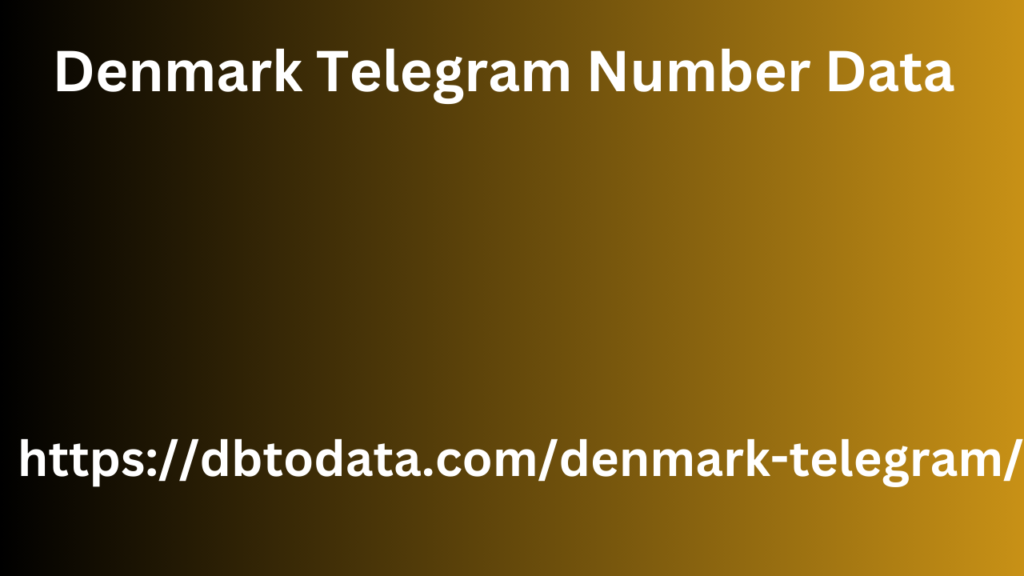Post by account_disabled on Mar 4, 2024 14:23:10 GMT 7
The work management platform is the central connection point of the company, which can finally have a single source of information where each member can check and organize the progress of their own work and that of others. Exelab's mission is to promote a lean and productive approach in relationships within the company between the different company teams and externally with customers. To achieve our goal we promote Asana and HubSpot , of which we are the first partners in Italy, because they represent the best of CRM and work management technology. Click here to find out more about what Exelab and Asana can do for your company and request a free consultation. If you want to get an idea of how these software work seamlessly together, download the Guide to BB Marketing Campaigns in . image-png- copy The step-by-step strategic plan With goals clearly outlined, the team knows the destination. With a clear and shared strategic plan, the team knows how to get there.
Creating the ideal plan typically has multiple layers, each of Denmark Telegram Number Data which becomes progressively more detailed until you've connected your overall mission to actionable steps. You can think of this process as a pyramid, the pyramid of clarity . The exact levels will depend on the size and scope of your team. If you're leading an entire company or division, your pyramid might look like this Mission This is your company's ambitious goal, its raison d'être for the foreseeable future. Everyone on the team should know it by heart. For example, Tesla's mission is to "accelerate the world's transition to sustainable energy." Strategy Strategy is a summary of the approach you are taking to achieve the mission. It can often be reduced to a list of just three points. Ideally, all team members are very familiar with the strategy. Objectives These are medium-term objectives e.g. one year that should be measurable. Key results these are short-term objectives e.g. quarterly. Objectives are ideally measurable, but key results should definitely be measurable .

Projects These are small missions e.g. from two weeks to a year that a single team undertakes in service of achieving key results. For example, a project could be a nationwide marketing campaign to launch a new product or service. Tasks These are the individual steps that must be undertaken to complete the project. Generally, it's best to think of creating a strategic plan as a very collaborative and, in large teams, hierarchically distributed process. Over time, the plan will inevitably change but hopefully changes to the strategy will be infrequent, while the set of activities needed to execute a project may change daily as new things are learned about what work is required. That's why it's critical to have a dynamic platform to keep everyone updated on what your team's plan is. If someone is out of the loop and continues to march in a direction that has already changed, this will cause waste of resources and energy.
Creating the ideal plan typically has multiple layers, each of Denmark Telegram Number Data which becomes progressively more detailed until you've connected your overall mission to actionable steps. You can think of this process as a pyramid, the pyramid of clarity . The exact levels will depend on the size and scope of your team. If you're leading an entire company or division, your pyramid might look like this Mission This is your company's ambitious goal, its raison d'être for the foreseeable future. Everyone on the team should know it by heart. For example, Tesla's mission is to "accelerate the world's transition to sustainable energy." Strategy Strategy is a summary of the approach you are taking to achieve the mission. It can often be reduced to a list of just three points. Ideally, all team members are very familiar with the strategy. Objectives These are medium-term objectives e.g. one year that should be measurable. Key results these are short-term objectives e.g. quarterly. Objectives are ideally measurable, but key results should definitely be measurable .

Projects These are small missions e.g. from two weeks to a year that a single team undertakes in service of achieving key results. For example, a project could be a nationwide marketing campaign to launch a new product or service. Tasks These are the individual steps that must be undertaken to complete the project. Generally, it's best to think of creating a strategic plan as a very collaborative and, in large teams, hierarchically distributed process. Over time, the plan will inevitably change but hopefully changes to the strategy will be infrequent, while the set of activities needed to execute a project may change daily as new things are learned about what work is required. That's why it's critical to have a dynamic platform to keep everyone updated on what your team's plan is. If someone is out of the loop and continues to march in a direction that has already changed, this will cause waste of resources and energy.
